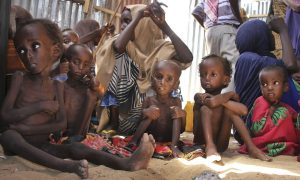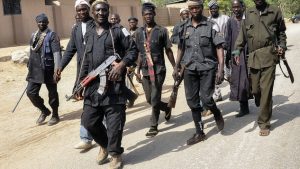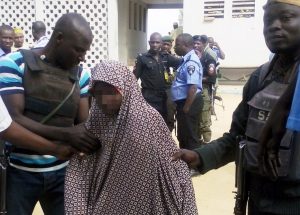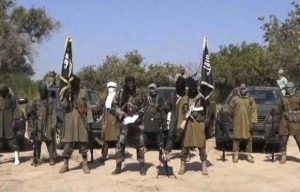Islamist Al Shabaab militants burnt many homes during raids on villages in Lower Shabelle, Somalia in May 2017, Human Rights Watch has said, like reported by the-star.co.ke.
“The militia abducted civilians, stole livestock, and committed arson in attacks that caused more than 15,000 people to flee their homes,” HRW said in a statement on Thursday.
Based on witness accounts and satellite imagery analysis, HRW said at the start of May, al Shabaab forces raided villages in the Merka and Afgooye districts of Lower Shabelle.
Senior Africa researcher Laetitia Bader said there was no justification for al Shaabab to abduct civilians and cause the mayhem in the region.
“The militia is responsible for causing mass flight, but the government needs to address communal tensions and hold those most responsible for abuses to account,” she said.
In mid-May, Bader said fighting intensified around the Biyomaal stronghold in Afgooye district known as KM-50 and was followed by al Shabaab raids.
“They attacked villages after several months of calling on their residents to leave their homes, ” she said.
Residents said al Shabaab stole large numbers of cows, goats and camels – critical for survival in the face of ongoing drought.
Local elders said hundreds of livestock were stolen, many died, and only a fraction have been returned to the community.
‘Infidels’
A man identified as Abdi told the Watch that he fled his village, Ceel Waregow after al Shabaab accused them of being murtads (infidels).
“They accused us of joining the government. Some of our elders have talked to al Shabaab and told them that those without guns should be spared,” he said.
Abdi said the al Shabaab initially used to tax them and take livestock and money from them, “but now they are burning our homes.”
A woman from Bullo Mudey, whose father was killed and home burned in an attack said: “How can you stay in a place where there are constant attacks and where children are burned in the houses?”
Bader said those who commit war crimes in Somalia should eventually be brought to justice.
“However, the government and its backers need to immediately assist the people who escaped the violence,” she said.
The United Nations reported that al Shabab abducted approximately 70 people, including women and children, from KM-50 village during fighting between May 21 and 23.
The UN found that about 100 houses were torched at the height of the attacks in the Merka district and that homes were also burned down in the village of Muuri and KM-50 in the Afgooye district on May 23.
According to the UN, 15,240 people were displaced at the height of the raids from May 21 to 24.
HRW spoke to 25 people in person in Mogadishu and by phone who fled from the two districts to Mogadishu and to Lower Shabelle, as well as to local elders and area experts, and analysed satellite imagery of 30 villages from the Merka district.
Inter-clan conflict, primarily between the Habar Gidir and Biyomaal clans, has increased in Lower Shabelle since 2013.
Both clans have fought with and against Somali government forces and al Shabaab.
Throughout this violence, civilians have been repeatedly targeted in retaliatory attacks.
Human Rights Watch analysed satellite imagery showing changes over time recorded between May 8 and July 12, 2017, and found evidence of widespread building destruction in 18 of 32 villages assessed in Merka district.
An open source data collection site reported fighting between the militia and Biyomaal clan militia and government forces in two of the 18 villages in which Human Rights Watch identified property destruction.
Somalia’s economy is still picking up slowly after a combined force of the army and an African Union peacekeeping force helped drive the militia out of Mogadishu and other strongholds.
Al Shabaab wants to topple the western backed government and rule according to its strict interpretation of Islamic sharia law.
The group remains formidable and lethal, with its campaign of frequent bombings and killings a key source of significant security risk for most businesses and regular life.












